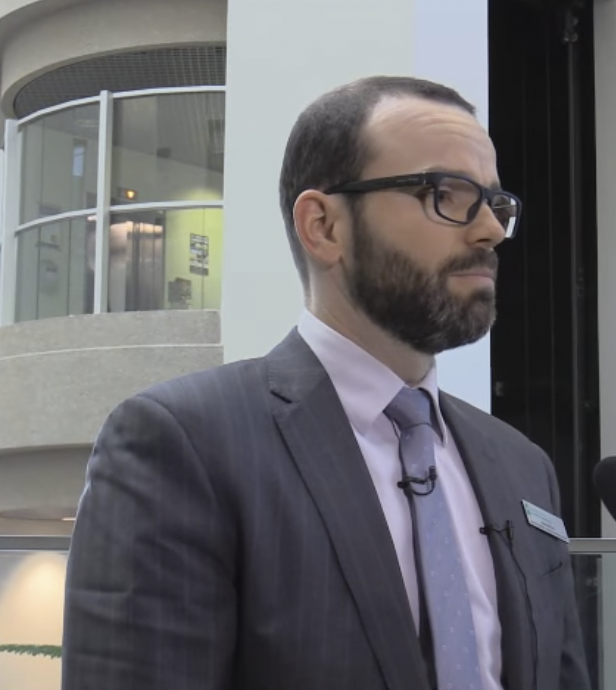
A review of security services across the Saskatchewan Health Authority (SHA) is calling for a single, province-wide security program.
The security review, which began in April, was released Tuesday. It was conducted to fulfill one of the SHA’s mandates, providing a safe and secure environment for patients, visitors, staff and volunteers. The review included consultation with staff, patients and unions, as well as a look at the amount being spent on security services across the former 12 health regions and the frequency of reported incidents.
The health system spends more than $13 million on security services, including both physical security officers and other elements, such as security cameras.
“The review explored ways of improving safety in the workplace by implementing best practices in security services. The new security program will be built with a focus on staff and patients, who deserve the safest possible environment, free from danger or threat,” the report’s author, Tony Weeks, said in a press release.
“The report findings challenge leaders and staff to think differently about the future of security services as it relates to the SHA. This is an opportunity to build something new, using fresh ideas and leading practices to go beyond traditional security models.”
The report came up with 27 recommendations. Many of them focus on coming up with one, standardized way to do things across the province’s health facilities.
“The security review really focuses on building a provincial security program and that was one of the primary recommendations coming out of it, to develop a leadership structure and a program where we can standardize services across the province,” said Derek Miller, SHA executive director of infrastructure management.
One of the recommendations was to develop a leadership structure for health care security services. That work is underway, and it will be those people who prioritize the remaining recommendations, Miller said.
“Right now we have 12 former health regions, each one of them has their own program, they’re managing the way they have historically. We need to bring it together as a provincially—led program, then we can build in standards for how we do things.
“That is the critical piece of the report for us.”
Some areas for standardization include coming up with a single platform on which to operate security cameras, access control and alarms; creating a single professional incident reporting system; determine standard uniforms and equipment; setting a provincial policy addressing violence, aggression, bullying and harassment; determining standard training and create a single provincial standard for patient watch and sitter services.
One difference between locations noted by the report was the use of contract versus in-house security services. Four locations, including the Victoria Hospital, contract out security services, while the others rely on in-house operations. Of those locations, Prince Albert’s Victoria Hospital is the largest to use contracted security staff.
“Within the report, there is a recommendation that we look at and address our staffing model,” Miller said.
“We do need to look at that and figure out how we are going to run this in the future.”
That recommendation has the province’s unions raising alarm bells.
SEIU-West put out a press release Tuesday calling for in-house security services to be preserved across the health system.
“The final report … includes 27 recommendations with the stated goal of ensuring a safe and secure environment for patients, visitors, and staff,” the union said in a press release.
“SEIU-West shares this goal, but is concerned that the report sets the table for large-scale privatization of health care security.”
SEIU-West, which represents 100 security officers at the three Saskatoon hospitals, pointed out that the consultant hired to conduct the security review cut in-house security officers while previously in charge of security for Alberta’s provincial health authority, contracting services out to a large, private firm.
“Health care security is unique,” nice president Neil Colmin said.
“Our security officers work on the front lines in the largest, busiest, most complex care facilities in the province. If you’re truly serious about safety you can’t replace them with security people who have no background in health care, and who are not intimately knowledgeable of the facilities and the people in them.
“In our view, the only way to meet (security) needs and keep folks safe is to hire and train more in-house Security Officers.”
Miller said that any changes to security services will be done with full consultation with unions representing security staff.
“The unions are an important stakeholder in this and we’ll certainly be engaging with them as we develop that and figure out what we want to do in the future,” he said.

